Should I Choose Integrated or Removable E-Bike Batteries?

The topic of whether to purchase an integrated or removable battery is becoming increasingly prevalent as the use of electric bikes becomes more widespread. Both choices have advantages and disadvantages, and the best one will rely on the rider's individual requirements and personal preferences. In this post, we will discuss the differences between the two types of e-bike batteries in order to assist you in making a decision that is based on accurate information.
What are e-bike batteries?
E-bike batteries are made up of many tiny battery cells that are packed together in a certain manner to give the necessary amount of power. The majority of electric bicycles on the market today are powered by lithium-ion batteries, which generate electricity through chemical reactions in an efficient manner. In reality, the technology that is used in the battery of an electric bike is the same (or very similar) to that which is used in an electric car or a smartphone.
The performance of a high-quality battery is typically displayed by a battery monitoring system, also known as a BMS, which also serves to safeguard the cells and shed light on the mysteries that lie within the battery's individual components.
Electric Bike with Integrated Battery
Batteries for integrated electric bicycles are permanently fastened into the bike's frame and cannot be removed. This indicates that the battery must be charged while still linked to the bike in order to be recharged when it runs out of power. This may be troublesome for some riders, as they may not have an outlet nearby their bike, or they may need to take their bike up stairs in order to charge it. Integrated batteries, on the other hand, create a more streamlined appearance and have the potential to deliver improved stability and handling due to the weight of the battery being uniformly distributed throughout the bike.
Electric Bike with Removable Battery
On the other hand, e-bike batteries that are removable can be removed from the bike and charged in a separate charging station. This makes charging more convenient, as riders may charge the battery at home or at their place of employment. Additionally, riders can bring an extra battery along on longer excursions to increase the bike's range. However, detachable batteries can result in the overall weight of the bicycle increasing, and certain models may not fit completely securely, which can cause the battery to jiggle or even come loose while riding.
Electric Bike Battey Life
When it comes to battery life, integrated and removable e-bike batteries have comparable lifespans, with an average of between 500 and 1000 charge cycles during their respective lifetimes. However, the battery's longevity is determined by a number of other elements, such as the frequency with which it is charged, the manner in which it is stored, and the quality of the battery itself. A larger battery will normally have a longer lifespan than a smaller battery, but it will also be heavier and more expensive to purchase than the smaller battery. Riders should bear this in mind.
Things to Look Out for When Purchasing Electric Bike Batteries
The significant differences between built-in and removable batteries should make it easier to make sound purchasing judgments, but there are many other characteristics to take into account.
Batteries in the Lock
You have a responsibility to check that your electric bicycle comes equipped with a battery lock that prevents theft. Because of this, users are able to park their electric bikes with ease and without the anxiety that the bicycle would be stolen. Having said that, this rule applies to you if you ride an electric bicycle that has a removable battery.
Battery Size
There are a variety of form factors for every replaceable battery. Knowing the distance you travel on a daily basis for work or school will help you select the right size for your living space. This will assist in determining the additional weight that you are able to carry while shopping or riding off-road. Additionally, the battery is an essential component of an e-bike and can have an effect on the overall weight of the vehicle. As a result, there is a particular weight for each of the distinct rider body sizes.
Battery Capacity
When determining which battery power rate is best, range is another factor that is extremely important. For instance, if the battery has 300Wh, it indicates that it will only last for one hour before it is completely depleted. Check to see if the range you intend to ride will be too much for your battery to handle.
Extending the Range of Your Electric Bike Lifespan of the Battery
The longevity of a battery is dependent on both its quality and the sort of brand it is. On the other hand, how long a battery holds a charge depends on how well the rider maintains it. The following are the maintenance procedures that should be carried out on your battery if you want it to remain in good condition for an extended period of time.
- Make sure you don't use your battery when the light is red: A rider needs to learn how to charge a battery before it completely dies. When a battery is allowed to discharge completely, it eventually becomes less powerful.
- Don't overcharge your battery: Even if you're going to be riding for a long distance, it's still not a good idea to overcharge the batteries in your e-bike. Instead, bring the spare battery that has been fully charged with you while you are traveling. You should also be aware of the length of time required to charge your battery. If you have a HiPEAK ELIAS, the time it takes to charge is between five and six hours. Please unplug your battery from the wall outlet as soon as it has reached its maximum capacity regardless of how long it took to do so.
- Never make use of a heated battery: Your battery will last far longer if you let it cool down before using it. Before installing it in the e-bike, you should give it some time to cool down once it has been charged.
- Storing your e-bike battery in an environment where the temperature is either extremely hot or extremely cold could shorten the battery's lifespan. It would be helpful if you did not expose your battery to extreme weather, such as prolonged exposure to heavy rain. Typically, the owner's manual or guide provided by the manufacturer will state the appropriate storage condition for each battery.
Conclusion
The decision between an integrated or removable battery for an electric bicycle boils down, in the end, to a matter of individual preference and riding style. A detachable battery can be a better option for you if you are a commuter who has to charge your bike either at work or at home. If easy handling and a tidier appearance are priorities for you, an integrated battery might be the best option. You must always make sure to treat your battery with the utmost care if you want it to have the longest possible lifespan.
Before deciding, it is vital to carefully analyze the benefits and drawbacks of each alternative in order to make the best decision possible. Remember to take care of your battery and enjoy the many perks that come with riding an electric bike, no matter which choice you decide to go with.

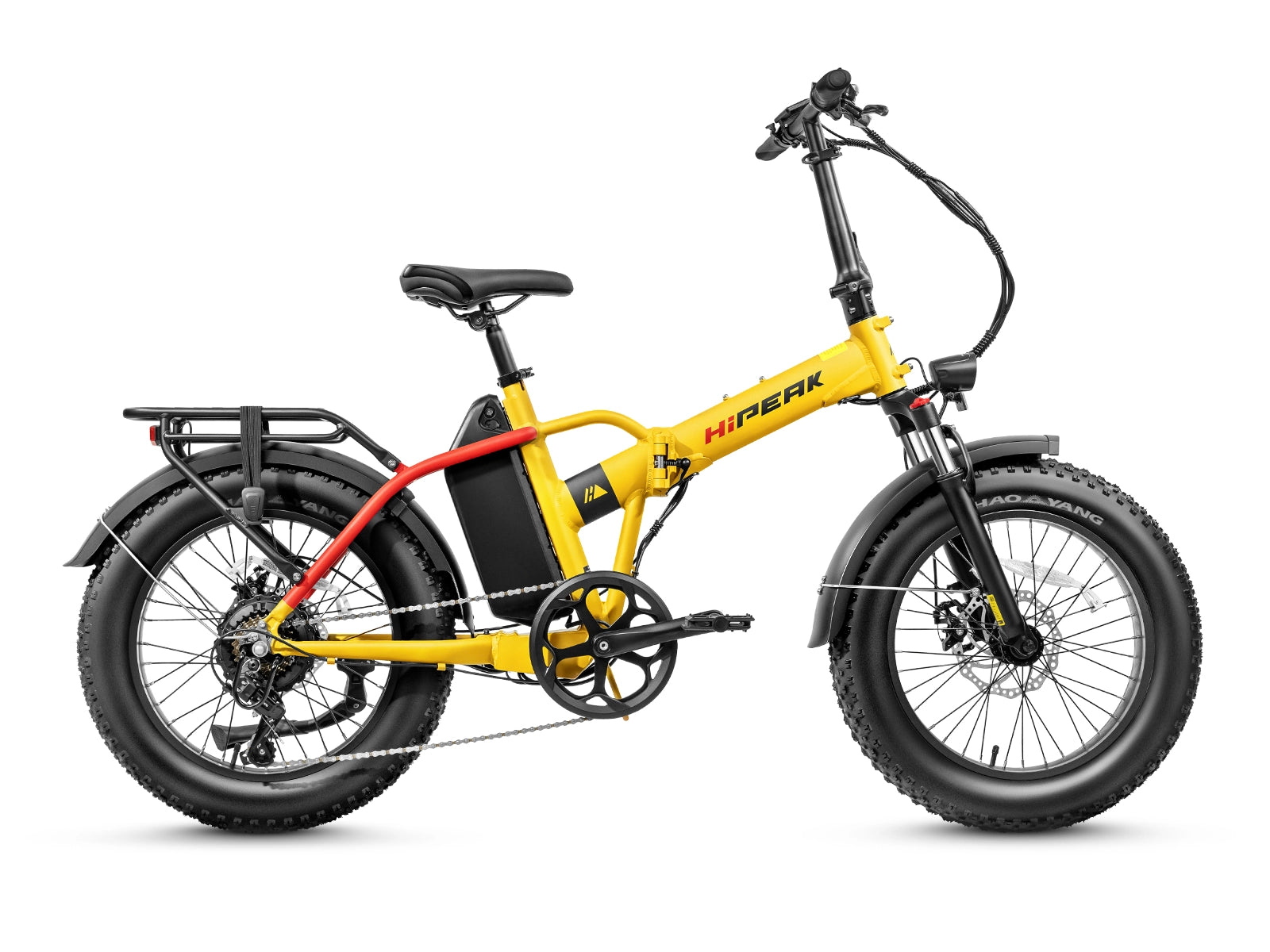
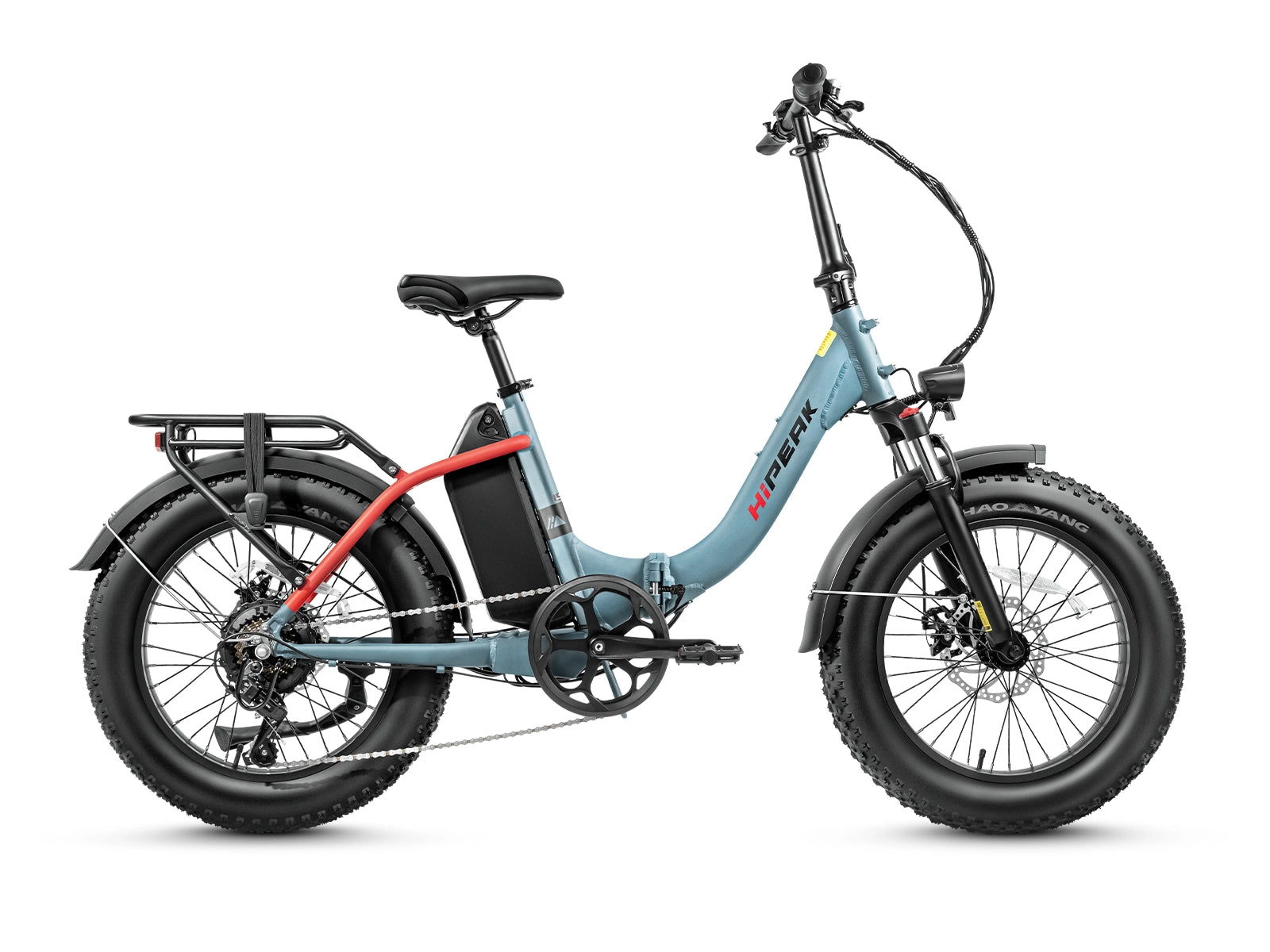
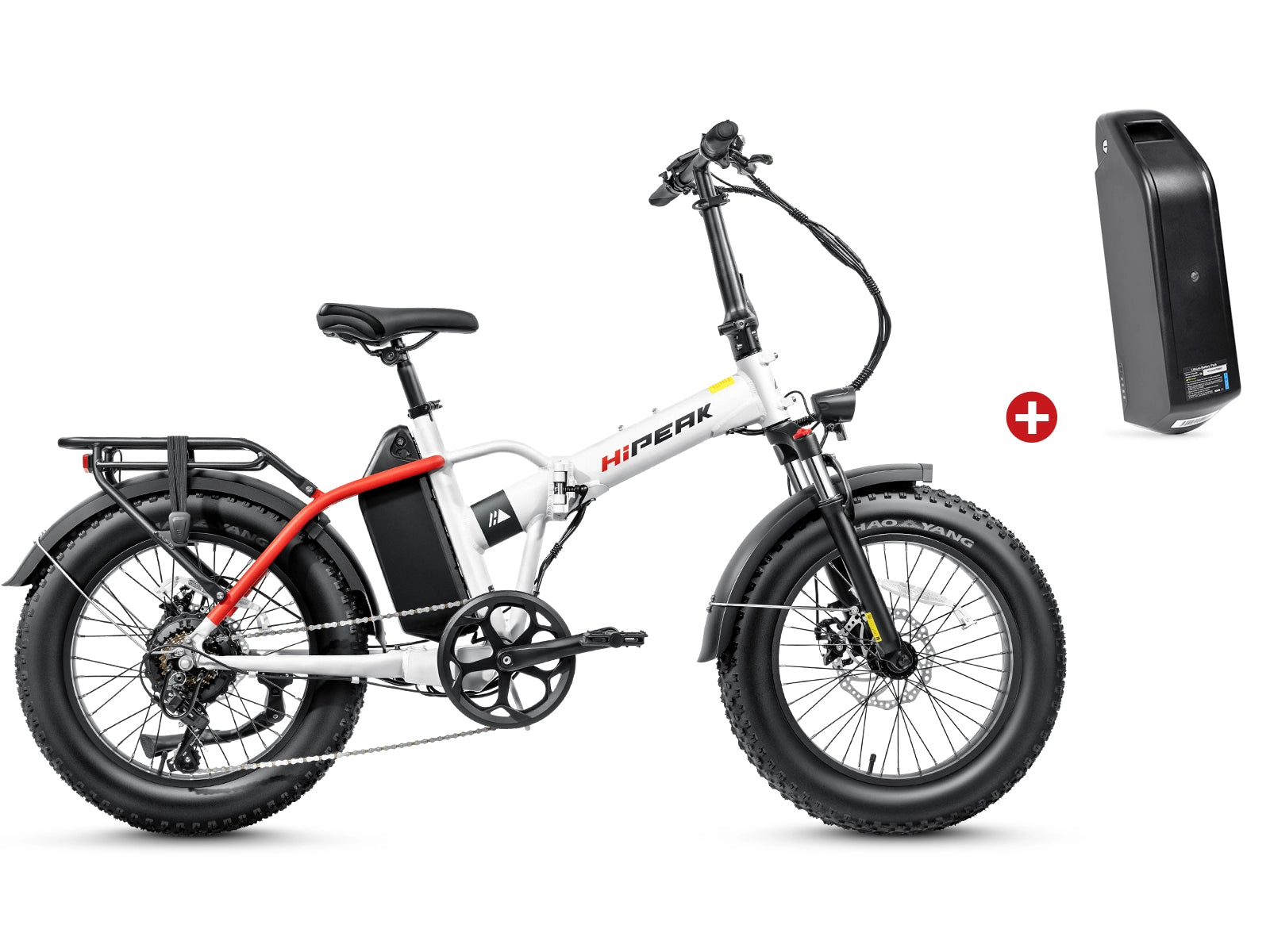
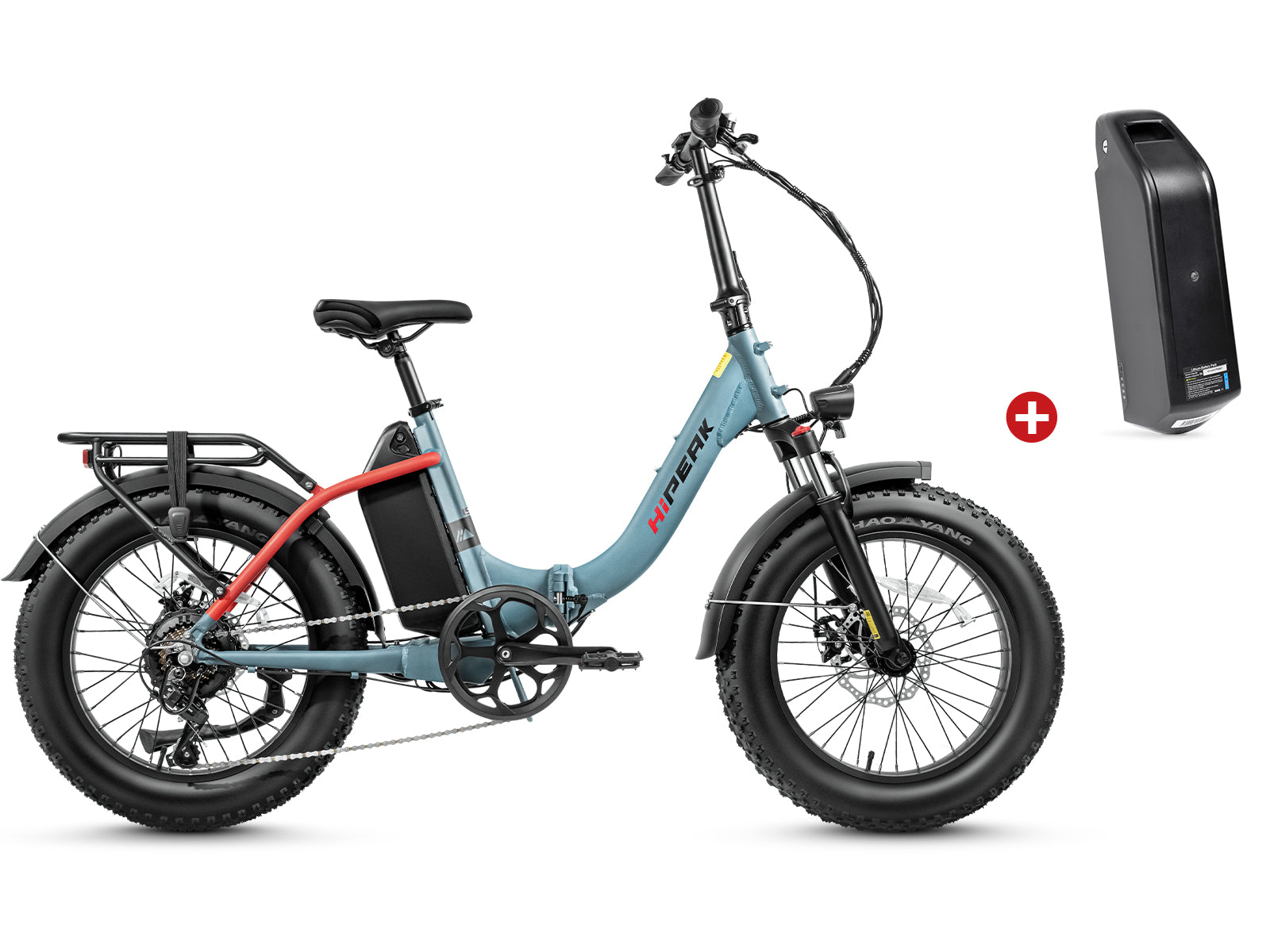
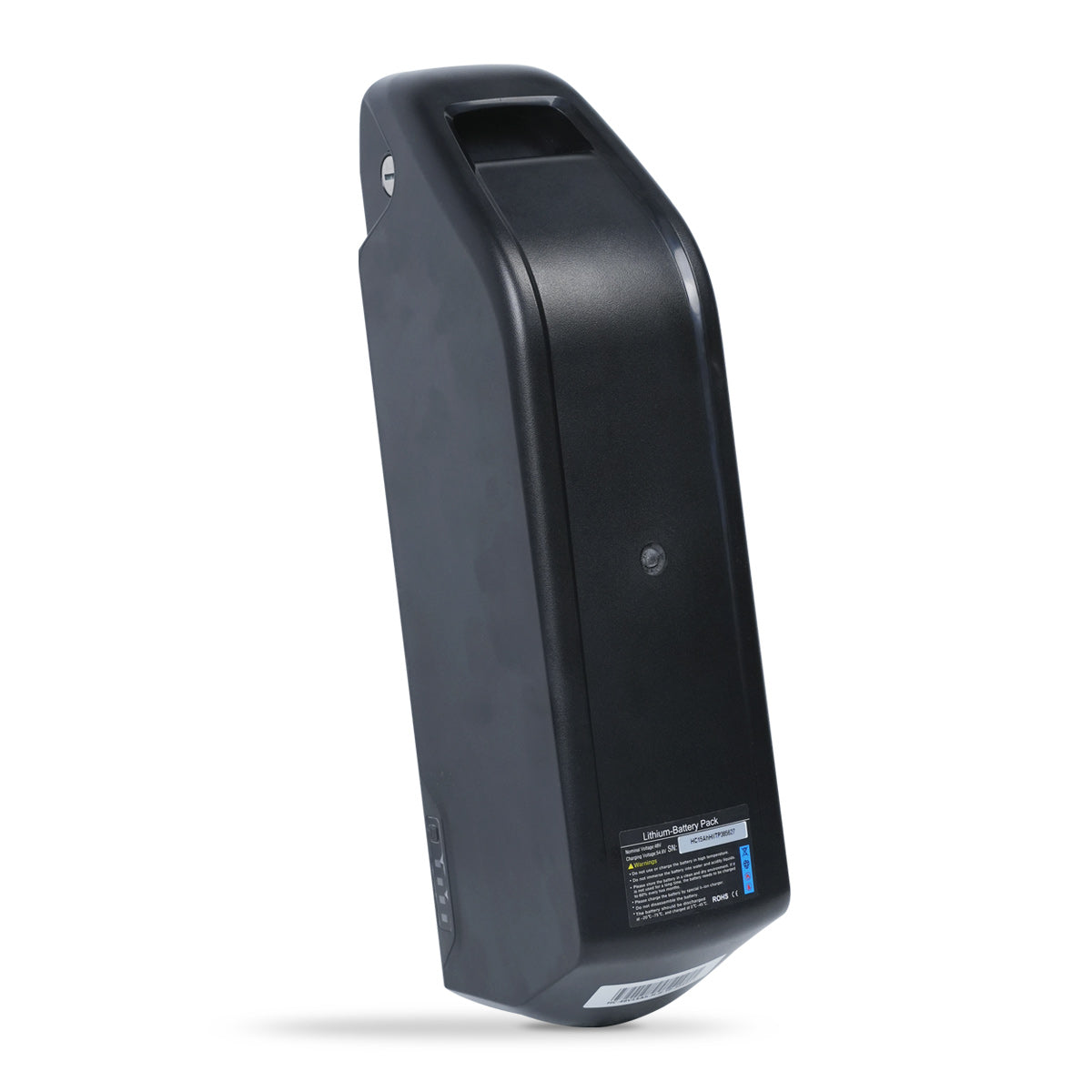
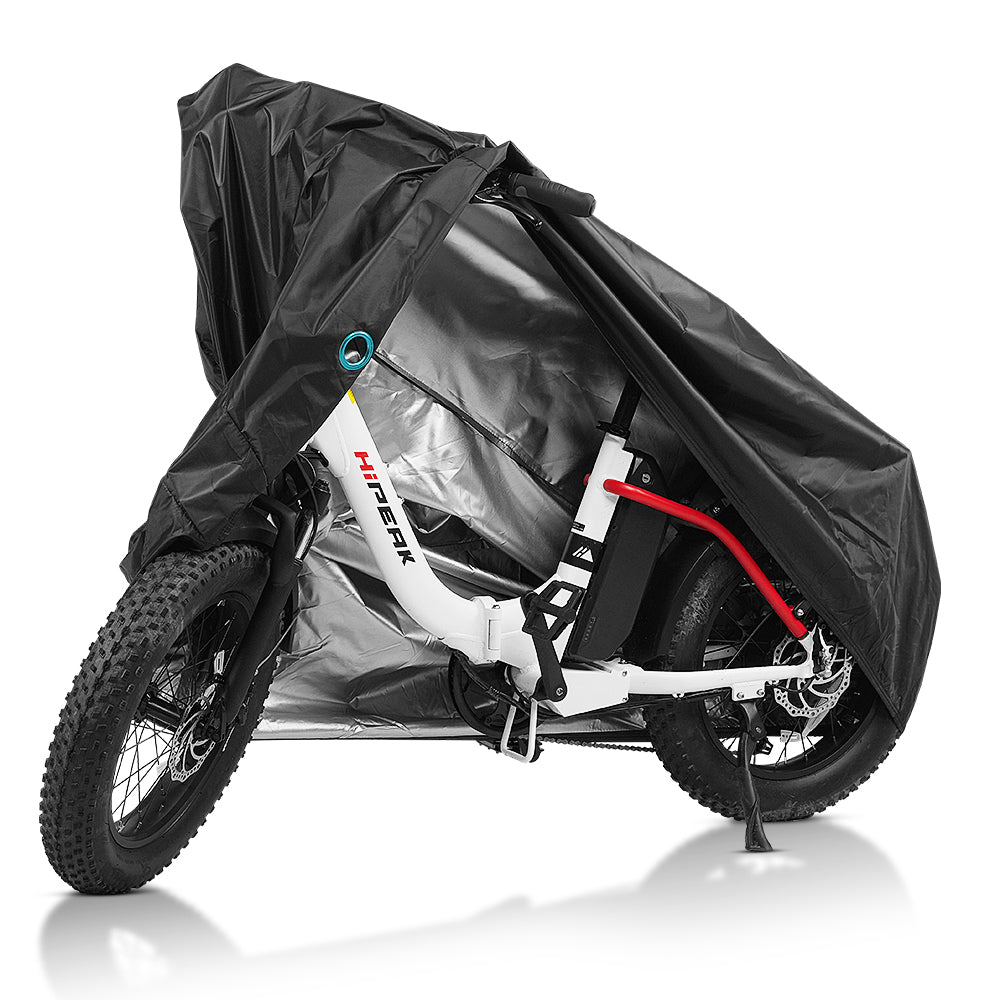

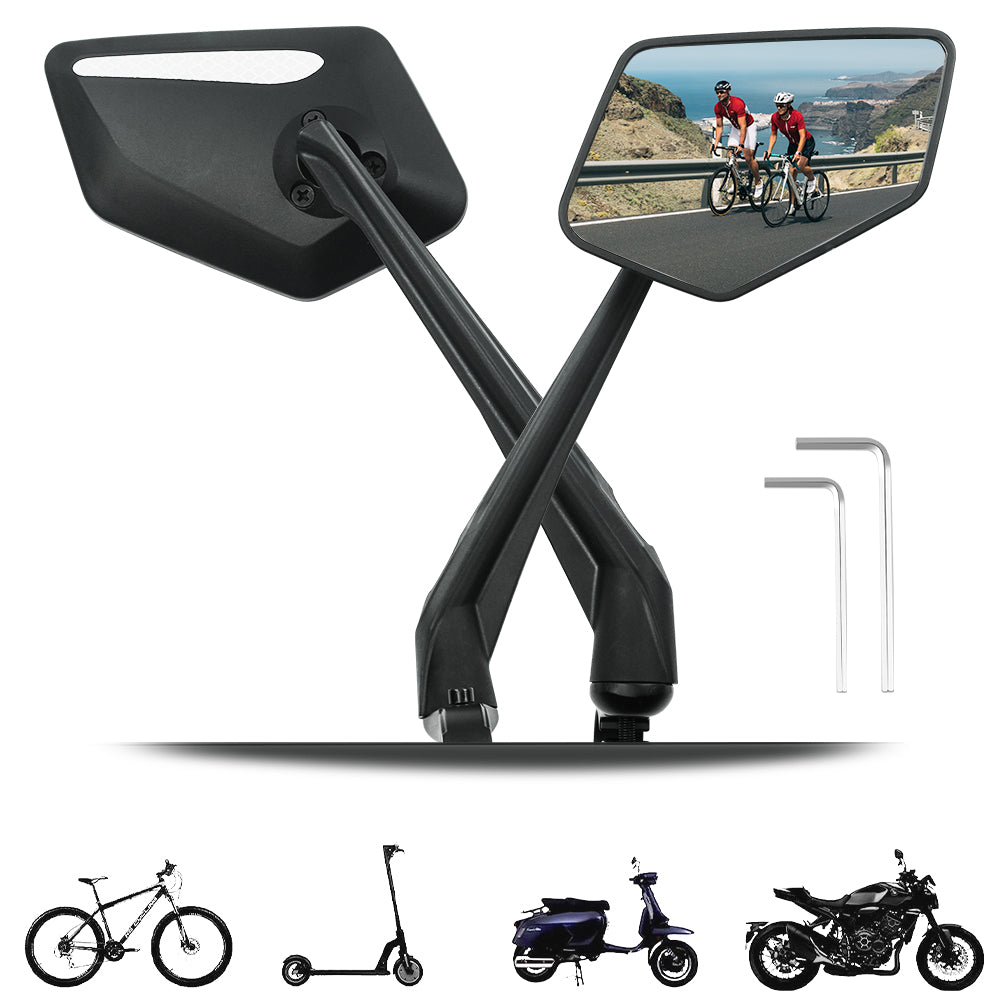
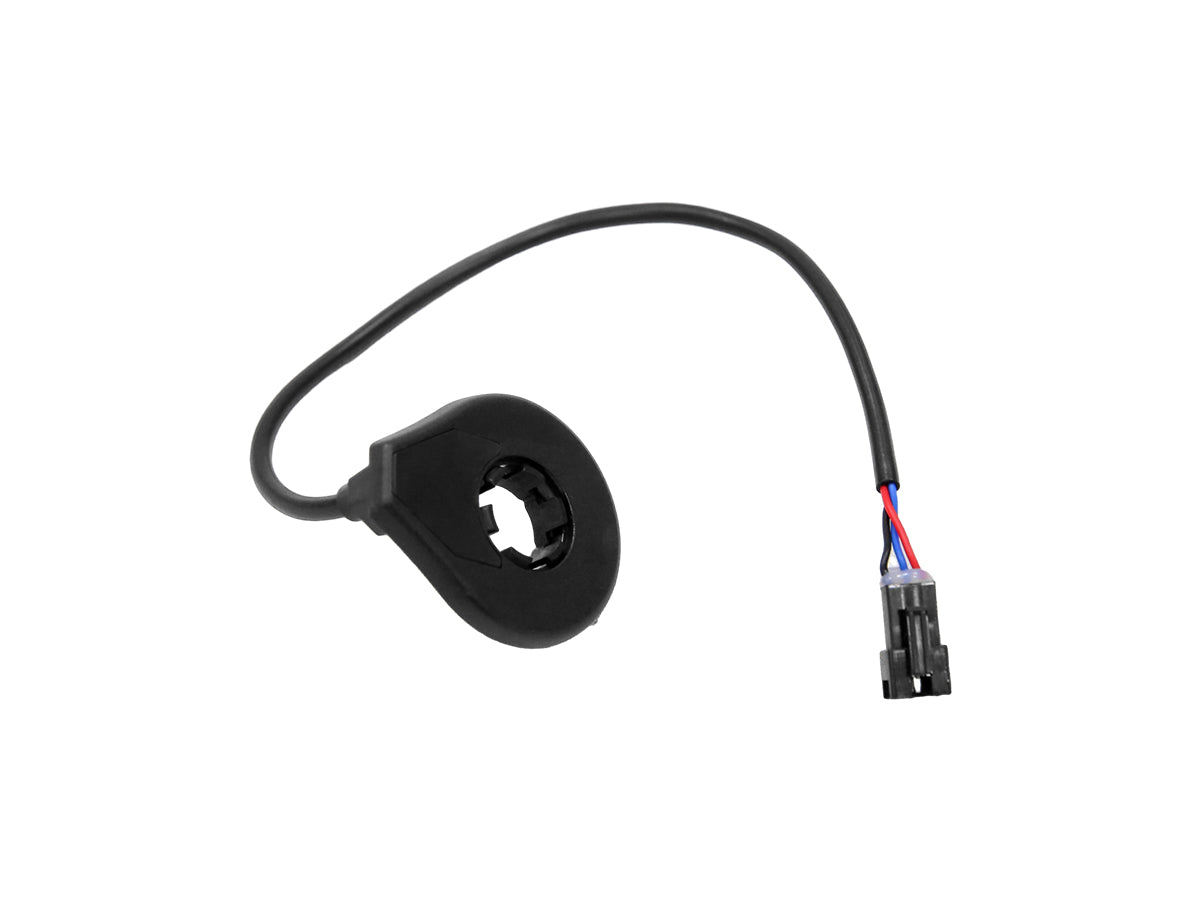
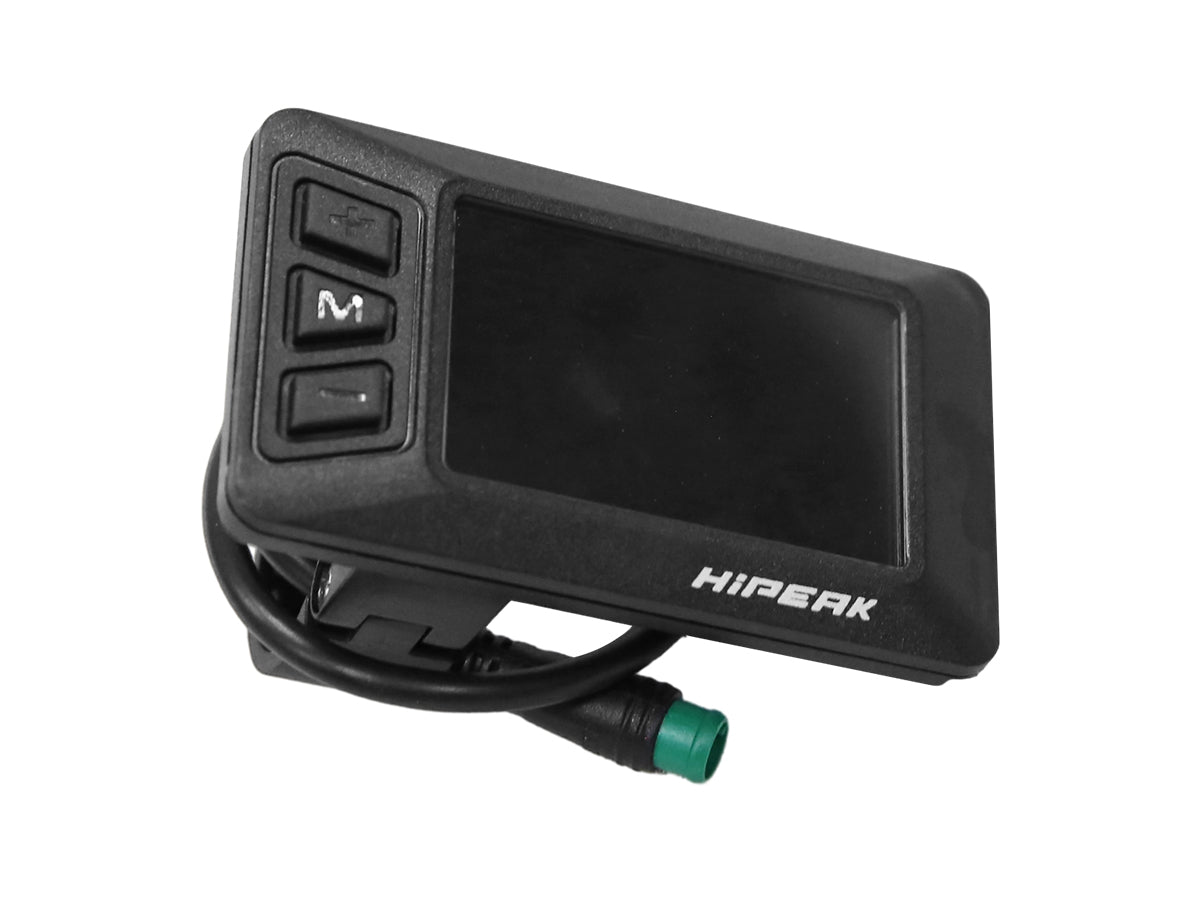
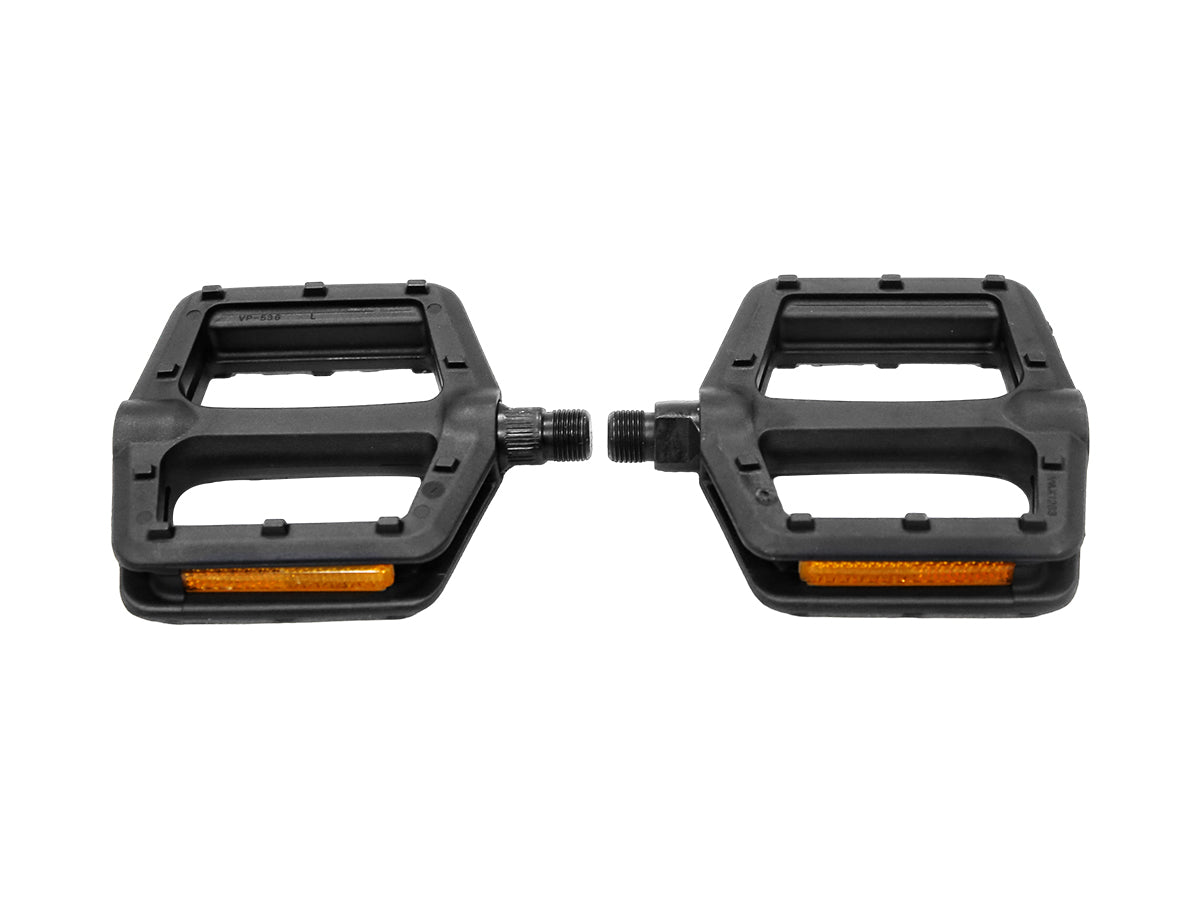
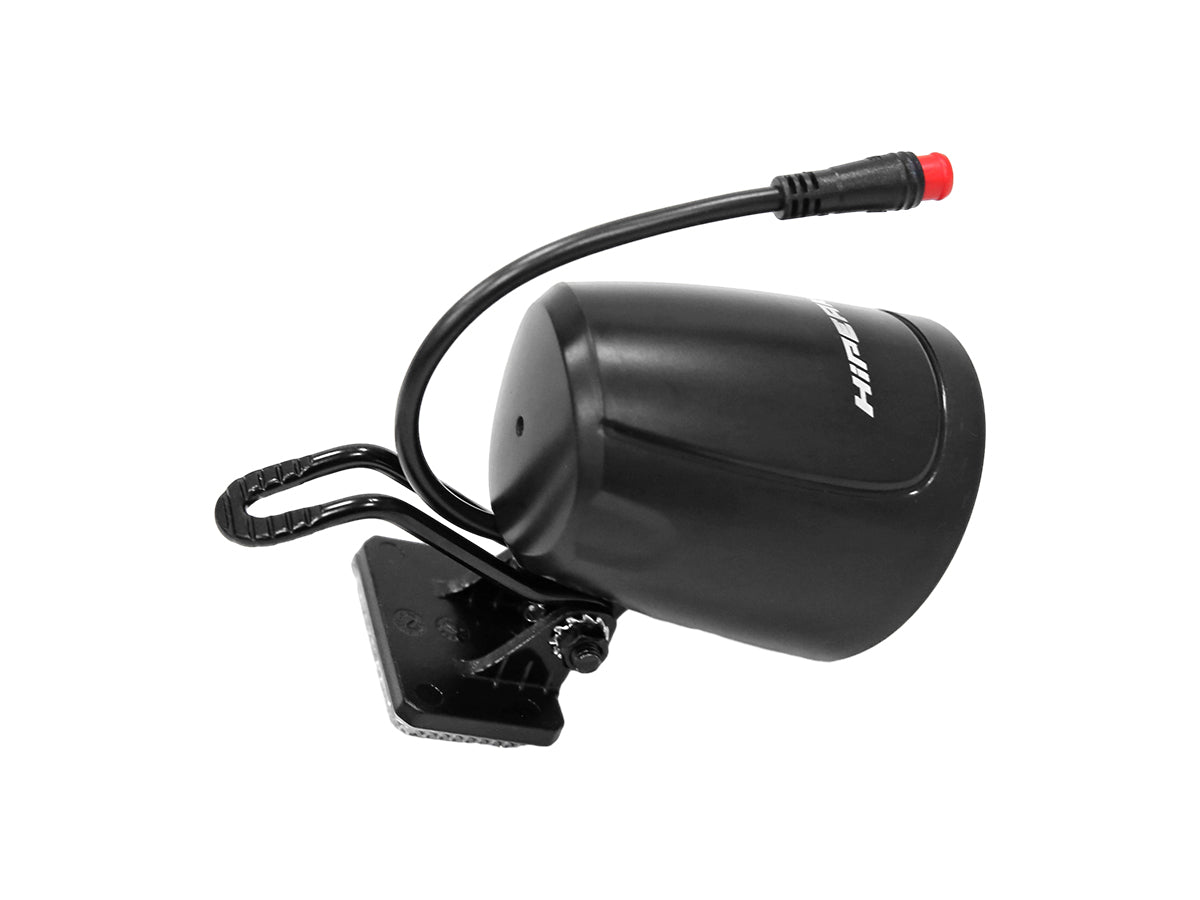








Leave a comment